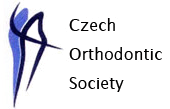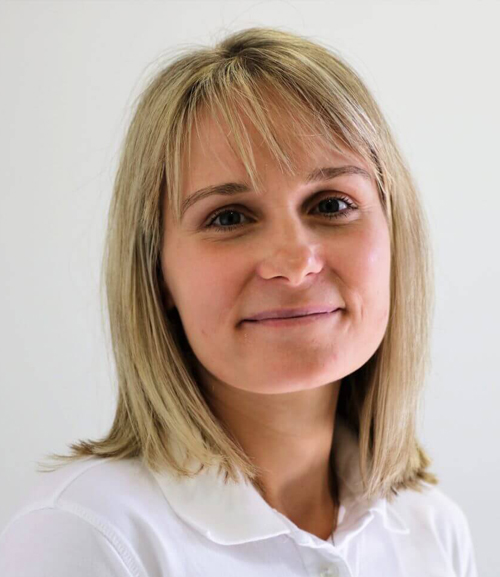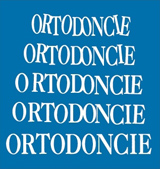| Invitation | |
| Main Information | |
| Congress Venue | |
| Congress Course | |
| Keynote lectures | |
| Registration | |
| Visa requirements | |
| Accommodation | |
| Documents | |
| Contacts | |
|
|
|
About Brno
|
|
|
|
|
 The Congress is organised by the Czech Orthodontic Society |
|
Can the bite and the temporomandibular joint affect the posture?
Hana Žáková, Jan Novák
Keynote lecture

About author:
Vystudovala magisterské studium v oboru fyzioterapie na FTVS UK v Praze. Následně v roce 2013 promovala v postgraduálním studiu (obor Kinantropologie) na téže fakultě. V současné době je zaměstnána v soukromé ambulanci Fyzio svět, kde se zaměřuje převážně na problematiku temporomandibulární dysfunkce. V této specializaci se dále vzdělává např. v kurzu The Cranio-mandibular complex od izraelského lektora z Tel Aviv University Mgr. TzvikyGreenbauma.
Abstract of the lecture:
The temporomandibular joint (TMJ) belongs to the most heavily utilized joints in the human body and can affect almost its entire posture. The TMJ pain is perceived by the patient mainly during mouth opening, chewing and sometimes also at rest. The pain can occur directly in the joint or can radiate to teeth and head. After dental pain (toothache), it is the second most common source of chronic orofacial pain. The pain is often times accompanied by cracking and limited jaw range of motion. These symptoms are called summarily temporomandibular disorders (TMD). TMD affect the quality of life of the patient, they can reduce his work capacity and ability to integrate in the social environment. Their impact is similar to that of back pain or severe headache.
TMD may be the result of an injury, inflammation, degenerative changes, maximum mouth opening during the doctor´s appointment, orlong-term excessive gum chewing. They are also associated with the disc derangement. TMJ condition depends, from the physiotherapy perspective, on three key factors. Firstly, the anatomy of the joint as is the case in any other common joint in the human body. Secondly, the quality of posture, the cervical spine in particular. And thirdly, its function is defined by the position of teeth and quality of occlusion, which makes the diagnosis and therapy difficult.Also, the masticatory muscles are very responsive to mental stress, which in many cases causes the joint overload too.
In our paper we would like to share with you our experience with the functional link between the TMJ, occlusion and position of the spine, as seen by physiotherapy. To give you a better picture, several case studies will be presented. By doing so we would like to broaden the knowledge of diagnostic procedures of dentists and in some cases also help change the approach to the selected treatment and its consequences.
Back to the list of keynote lectures 



